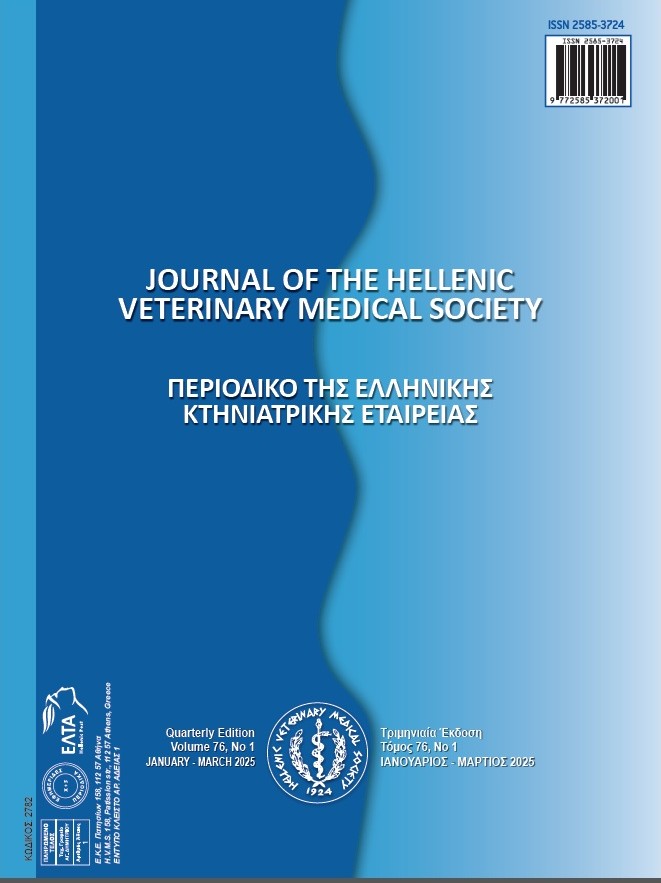Assessment of microbiological status of fresh gilthead seabream (Sparus aurata) from aquaculture in Adriatic sea, Montenegro Microbiology of gilthead seabream

Abstract
The aim of this research was to determine the microbiological status of gilthead seabream (Sparus aurata), which were caught in the Boka Kotorska Bay (Montenegro), for the first time in this part of . Collected fish were analysed for hygiene indicator and pathogens microorganisms through the winter and summer season during one year. Total bacterial counts of aerobic mesophilic bacteria (AB), Enterobacteriaceae, Salmonella spp., Escherichia coli, coagulase-positive Staphylococci (CoPS) and sulphite-reducing Clostridia (SRC) were measured. Results shown that all samples were suitable for human consumption in terms of microbiology status. The microbiological quality of individual samples varied widely between winter/summer seasons regarding total counts of aerobic mesophilic and Enterobacteriaceae. Samples obtained in summer showed significantly higher levels for aerobic mesophilic bacteria and Enterobacteriaceae then samples obtained in winter. Salmonella spp. and E. coli were not detected in fish samples, and also none of the samples tested for coagulase positive Staphylococci and sulphite-reducing Clostridia were above the detection limit (10 CFU/g). Results underline the relevance of preventing and the application of good hygiene and good manufacturing practice during fish handling to secure the quality and safety of sea bream. Also, results presented in this study is valuable in the assessment of conditions in aquatic environments and and this method of testing can be applied in other locations worldwide.
Article Details
- How to Cite
-
Grkovic, N., Bogdanovic, I., Djurić, S., Čobanović, N., Suvajdžić, B., Vićić, I., Karabasil, N., & Dimitrijevic, M. (2025). Assessment of microbiological status of fresh gilthead seabream (Sparus aurata) from aquaculture in Adriatic sea, Montenegro Microbiology of gilthead seabream. Journal of the Hellenic Veterinary Medical Society, 76(1), 8521–8526. https://doi.org/10.12681/jhvms.31855
- Issue
- Vol. 76 No. 1 (2025)
- Section
- Research Articles

This work is licensed under a Creative Commons Attribution-NonCommercial 4.0 International License.
Authors who publish with this journal agree to the following terms:
· Authors retain copyright and grant the journal right of first publication with the work simultaneously licensed under a Creative Commons Attribution Non-Commercial License that allows others to share the work with an acknowledgement of the work's authorship and initial publication in this journal.
· Authors are able to enter into separate, additional contractual arrangements for the non-exclusive distribution of the journal's published version of the work (e.g. post it to an institutional repository or publish it in a book), with an acknowledgement of its initial publication in this journal.
· Authors are permitted and encouraged to post their work online (preferably in institutional repositories or on their website) prior to and during the submission process, as it can lead to productive exchanges, as well as earlier and greater citation of published work.


